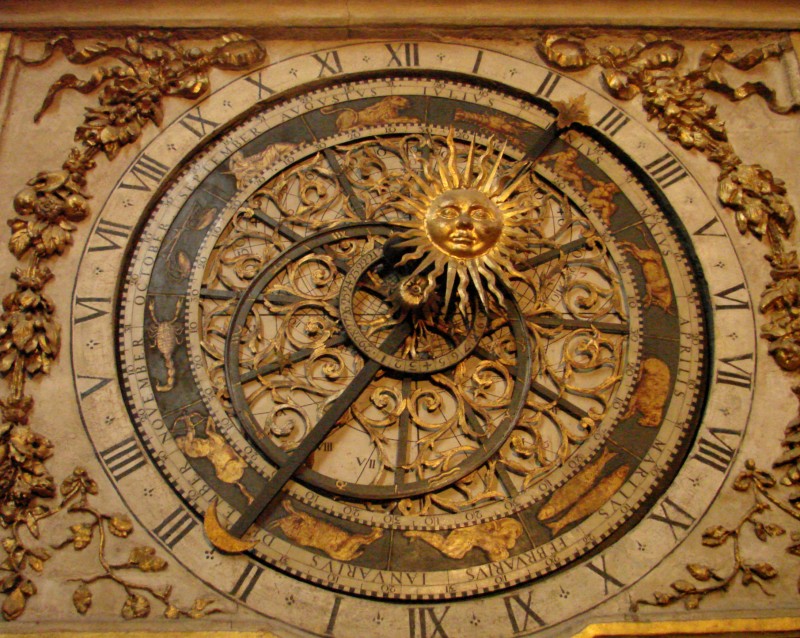Unveiling the Marvels: What Are Some Interesting Facts About Breasts?
Breasts, the iconic symbols of femininity and nourishment, have intrigued and captivated human beings for centuries. While widely recognized for their aesthetic appeal, there is a wealth of interesting facts about breasts that span the realms of biology, culture, and history. In this exploration, we will unravel the mysteries behind these fascinating structures, shedding light on their diverse functions and highlighting the unique aspects that make them more than just a physical attribute.
Diversity in Size and Shape
One of the most notable features of breasts is their incredible diversity in size and shape. No two pairs are exactly alike, and this natural variation is influenced by genetics, hormones, and individual differences. Breasts can range from small and perky to large and pendulous, each uniquely tailored to the person they belong to. This diversity underscores the uniqueness of each individual and adds to the beauty of human diversity.
Function Beyond Aesthetics
While society often places emphasis on the aesthetic appeal of breasts, their primary biological function is lactation. Breast tissue contains mammary glands that produce milk to nourish infants. This evolutionary adaptation highlights the intricate balance between the sexual and reproductive aspects of breasts, showcasing their dual role in both fertility and maternal care.
Complex Structure
The anatomical complexity of breasts is truly remarkable. Comprising a combination of glandular tissue, fatty tissue, and connective tissue, breasts are supported by a network of ligaments. The intricate arrangement of these components contributes to the unique feel and appearance of breasts. The mammary glands, responsible for milk production, are connected to the nipple by a network of ducts, creating a sophisticated system that enables breastfeeding.
Influence of Hormones
Hormones play a pivotal role in the development and changes in breasts. During puberty, the surge in estrogen and progesterone triggers the growth of breast tissue. Menstrual cycles also impact breast size and sensitivity due to hormonal fluctuations. Pregnancy induces significant changes, preparing the breasts for lactation. Understanding the hormonal influence on breasts provides insight into the dynamic nature of these organs throughout a woman’s life.
Cultural Significance
Breasts have held cultural significance across different societies throughout history. While Western cultures often emphasize the sexual aspects of breasts, other societies view them through a more practical lens, focusing on their role in nourishing and nurturing offspring. Modesty standards and perceptions of beauty associated with breast size vary widely, illustrating the cultural subjectivity surrounding these bodily features.

The Bra Evolution
The bra, a garment designed to support and enhance the appearance of breasts, has a fascinating history. From ancient civilizations using fabric or leather bindings to the modern bras we know today, the evolution of undergarments reflects changing societal norms and fashion trends. The bra’s invention in the early 20th century revolutionized women’s fashion, providing both support and shaping options.
Breast Health Awareness
Breast health is a critical aspect of overall well being. Regular breast self exams, mammograms, and awareness campaigns contribute to early detection of potential health issues, including breast cancer. Breast cancer awareness initiatives, marked by the iconic pink ribbon, have significantly improved public understanding of breast health and encouraged proactive measures for early detection and treatment.
Biological Variation in Men
While breasts are commonly associated with women, men also possess breast tissue, albeit in smaller amounts. Hormonal imbalances or medical conditions can lead to the development of breast tissue in men, a condition known as gynecomastia. Understanding the biological variation in breast development highlights the shared anatomical foundations between genders.
Nipple Sensitivity
Nipples are a sensitive and erogenous zone for many individuals. The concentration of nerve endings in the nipple and areola contributes to their heightened sensitivity. Beyond their role in breastfeeding, nipples play a significant part in sexual arousal, adding a layer of complexity to the multifaceted nature of breasts.
Breasts in Art and Literature
Throughout art and literature, breasts have been celebrated, symbolized, and depicted in various forms. From classical paintings to contemporary works, the representation of breasts reflects societal attitudes, ideals of beauty, and expressions of sensuality. Examining the artistic and literary portrayals of breasts provides insights into cultural perceptions and evolving norms.
And so
Breasts are more than just a physical attribute they are complex structures with diverse functions and cultural significance. From their biological intricacies to their role in shaping cultural norms, breasts remain a subject of fascination and discussion. Understanding the interesting facts about breasts allows us to appreciate the richness and complexity of these integral aspects of the human body. Whether viewed through a lens of biology, culture, or history, breasts continue to be a source of wonder and appreciation in the tapestry of human existence.




It’s fascinating to see how societal views and preferences have evolved over time
The statistic about the left breast being slightly larger on average than the right is amusing and something I never thought about.
It’s fascinating how each person’s breasts are distinct, adding another layer to the complexity of our individuality
I never knew that breasts have a unique fingerprint!
Pingback: How to Have Multiple Orgasms: Part I | Magazine4You
Pingback: Sex: Better When Wet | Magazine4You